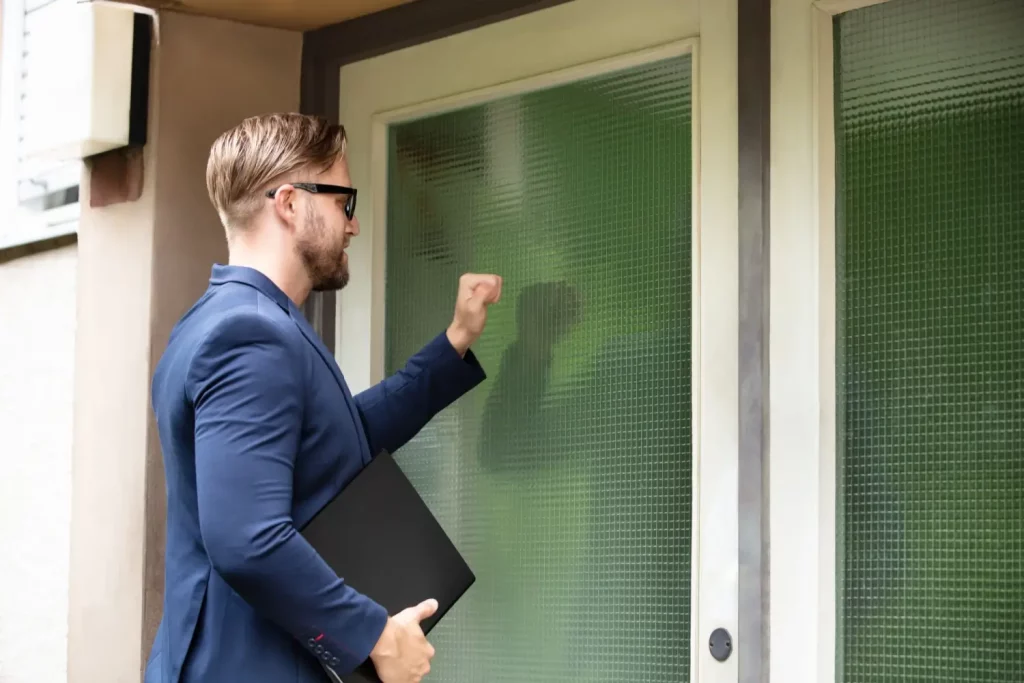Living with debt can become a way of life if you’re not careful.
Think of debt like a hurricane. At first, you know you’re in trouble, and you try to weather the storm, doing whatever means necessary to survive. Then after a while, you ignore the debt so you don’t have to think or worry about it. You stop opening bills, avoid checking your credit card statement and stop making payments. You become numb towards it because you’ve avoided it for so long, and it’s like you’re walking in the eye of the storm; everything is calm, and you think you’re okay. But the reality is, you’re right in the thick of it, and more trouble is coming your way, perhaps even worse than before.
Key Points
- The Journey to Financial Disaster
- Getting out of debt fast
- The best way to pay off your debt
- Three ways to handle large amounts of debt
- What is a debt management plan?
- What is a consolidation loan?
- What is debt settlement?
- How to know if you should file for bankruptcy
The Journey to Financial Disaster
Perhaps you’ve already started to notice some signs that you need help with debt. The pattern is usually the same for many. It starts off with a few bills that you ignore before being inundated and overwhelmed with letters and calls from creditors.
In our experience of handling thousands of personal bankruptcies and consumer proposals, there are typically seven steps in the journey to financial disaster.
If you can identify with just one of these seven signs, then you have too much debt and need help from one of our Licensed Insolvency Trustees
- You don’t have a record of all your debt and you start getting bills that you don’t recognize.
- You push aside unexpected bills because you can’t pay them, and then they triple with late fees.
- You start paying your bills on credit, juggling debt from one card to the next just to stay afloat.
- Your credit and savings are tapped, and there is nothing left to support you if you need it.
- Debt collectors have been sending you letters and you’ve started to receive phone calls.
- Creditors take legal action with lawsuits and wage garnishments.
- Your personal life becomes a mess as depression and anxiety stemming from your financial woes start to take over.
If you find yourself at any one of the above steps, you need professional debt management help. If you’re still not convinced your debt is a problem, you should find out why debt is so dangerous. Don’t think that you can wait for the storm to pass – because it won’t.
If you’re ready to take action and control of your debt, then read on.
Read our guide – What happens to debt when someone dies in Canada?
Getting out of debt fast
Getting out of debt is similar to losing weight. People are always looking for a quick and easy fix – a fad diet, a new fitness machine or even surgery – but the only real way to lose weight is through hard work, dedication and discipline.
The same goes for paying off your debt. There’s no real way to get out of debt other than being disciplined with your money, having a plan and staying focused on paying down what you owe. That being said, the reward of paying off your debt without having to go through debt settlement, debt consolidation or bankruptcy is extremely gratifying.
Here are 6 strategies to pay off debt in the quickest way possible.
The best way to pay off your debt
One of the best ways to pay off your debt is to educate yourself through professional credit counselling. Credit counselling is essentially a practice where trained credit counsellors help individual debtors with debt settlement through education, budgeting, and the use of a variety of tools with the goal to reduce and ultimately eliminate debt.
When searching for a credit counsellor, ensure you find a legitimate business that will not take advantage of you. You should never have to pay large up-front fees, and every part of your counselling should be clearly expressed so that you understand what is going on.
There are several not-for-profit credit counselling agencies across Ontario that can help.
If credit counselling doesn’t work for you, there are essentially three major ways to handle large amounts of debt. Each of these three solutions has their pros and cons, and you should speak with a counsellor about all of them before you make a decision about how to control your debt.
Three ways to handle large amounts of debt
- Debt management plans
- Consolidation loans
- Debt settlement
What is a debt management plan?
A debt management plan is usually the first option if you’ve already seen a credit counsellor because it’s something a credit counsellor can organize. If after meeting with a credit counsellor you determine that your debts are so large that you can’t handle them on your own through financial education, budgeting and reducing costs, the credit counsellor will work out a debt management plan with your creditors. You will then give the agency a regular payment, which they will distribute to your creditors.
What is a consolidation loan?
Consolidation loans are loans from a bank that you use to pay down all of your outstanding debts to combine them into one single new loan with one monthly payment. It allows you to get a lower interest rate on all of your combined debt because you’re buying a debt service plan in bulk. You still need to qualify for a debt consolidation loan and so you need a regular income and an acceptable credit rating. Read more about debt consolidation.
What is debt settlement?
Debt settlement is essentially hiring a company to negotiate your debts with your creditors on your behalf with the aim of lowering the total debt amount owing. Debt settlement can sometimes be the best option to save you money, get you out of debt and to avoid filing for personal bankruptcy, which has serious long-term consequences.
In the process of negotiation, a good debt settlement company will be able to get your creditors to regard your debt as paid in full for less than what you actually owe. This saves you money and makes repaying your debts much easier.
After you enrol in a good debt settlement program, you will cease paying your creditors and start amassing a debt settlement fund. This builds up a lump sum that will be handed over to your creditors in the event that they approve your debt settlement. Once the settlement agreement is signed and the funds are dispersed, your debts are marked as paid.
A good example of a type of debt settlement is a consumer proposal. In a consumer proposal, debt can be reduced by as much as 90%, there are no upfront costs, and all fees are federally regulated. Only Licensed Insolvency Trustees are legally allowed to help you file a consumer proposal, so if you think this is the right option for you, contact us today.
How to know if you should file for bankruptcy
If the damage is already done, and you can’t consolidate, afford a debt management plan, and your creditors won’t settle for less than what you owe, it’s time to consider bankruptcy.
Speak with one of our bankruptcy trustees here at Harris & Partners Inc. We have been working with people in your exact situation for over fifty years, and we can help you too. When you speak with a trustee at our firm, you will be advised about all your options.
You may be in a position to file a consumer proposal instead of bankruptcy, which will allow you to keep most of your assets. A consumer proposal is a formal offer to all your creditors made through the Bankruptcy and Insolvency Act. It is a provision available to debtors that need new terms to repay the debt and want to avoid filing bankruptcy.
If bankruptcy really is the best option for you, then our debt management company help you know how to start taking steps towards your financial freedom.











